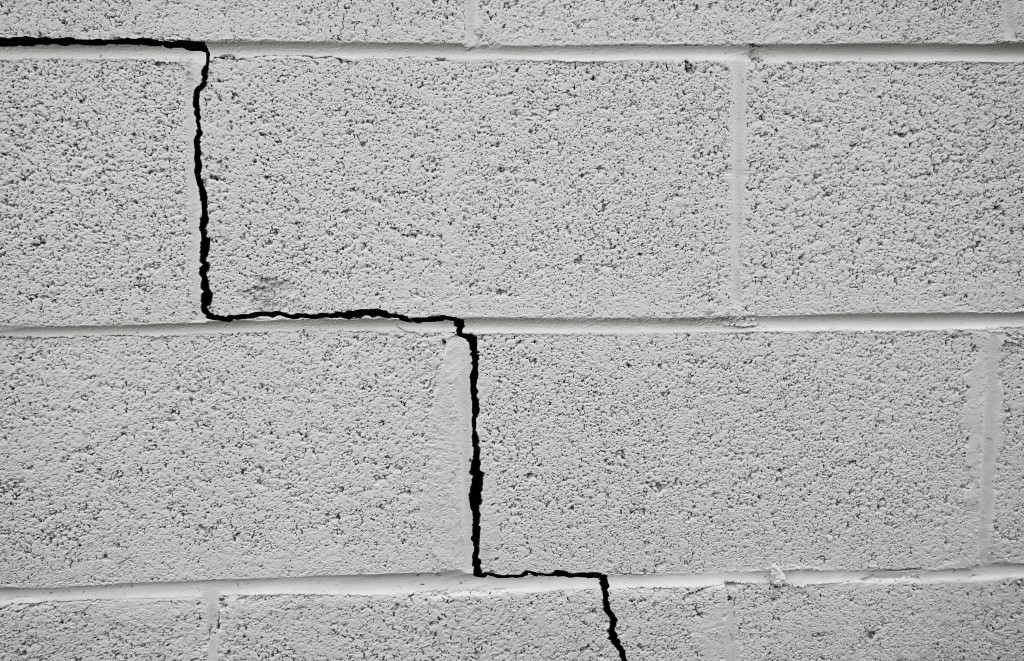- Soil erosion in hillside homes can be mitigated through strategic planting and hardscape elements.
- Regular home maintenance, including inspections and repairs, helps manage structural stress due to uneven ground.
- Managing water runoff with systems like valley gutters, French drains, and dry wells prevents structural damage.
- Effective landscaping using terracing and suitable plants can reduce erosion and enhance home aesthetics.
- Understanding local regulations before construction prevents legal issues and ensures compliance with building codes.
Owning a house on a hill is an exciting idea, and it has many advantages. You get to enjoy a scenic view, a usually better breeze than in lower elevations, and more privacy. However, every homeowner who owns a property on a slope knows how challenging it can be to maintain the house. It can be daunting for many, from soil erosion, structural integrity, and safety concerns to the likelihood of water runoff. This article will highlight the best tips for maintaining a house on a hill and ensuring your beautiful home stays in great shape.
Protect Your Home from Soil Erosion:
Houses on hills are more susceptible to soil erosion than those on flat ground. Soil erosion is a major problem because it can ruin your landscape, destroy your foundation, and lead to landslides in the worst cases. Erosion control is essential to protect your home, and there are some steps you can take to make sure it’s done properly.
Sow vegetation on your slope and plant grass or other plants with strong roots. Adding hardscape elements, such as retaining walls or rocks, can help, too. With the right plants and hardscape, your soil will stay intact while keeping your slope beautiful.
Regular Maintenance of Your Home:
Your house on a hillside faces challenges that others on flat ground don’t. Building on a slope usually means extra stress on the building’s structure due to the uneven ground. You can reduce the impact by maintaining the integrity of your home through regular inspections, cleaning, and repair.
Consider hiring professionals to check your foundation, walls, and framing and perform necessary repairs before minor problems become more significant. You want your home to stay stable throughout its lifetime, and regular maintenance will help achieve that goal. Always clear debris away from your roof and gutters to ensure proper drainage.

Drainage Maintenance:
Sloping lands are notorious for poor drainage, which can lead to water damage or, worse yet, undermine the structural integrity of your home. To manage water runoff, install good drainage systems and take proper maintenance steps. If there’s already water damage, fix it as soon as possible. There are multiple methods to help alleviate water issues applicable depending on your location and the water flow:
Valley gutters
Many hills have low-lying areas that can catch water during heavy rains. Installing valley gutters on the sides of your property will help drain away the excess water and keep it from pooling near your home.
French drains
Install a French drain if you want to keep water away from your foundation. This will help channel rainwater away from the house and redirect it to another place. Some French drains even have a sump pump to help keep water away from your home.
Diversion ditches
Diversion ditches can be a great choice to divert water away from your home. This type of ditch is designed to slowly move water away from your house and onto another part of the landscape.
Dry wells
Dry wells are underground containers that collect water and allow it to seep into the ground slowly. This is a great way to keep runoff from your home in check while improving soil quality. Some dry wells even come with filtration systems that can help reduce the amount of sediment in the water.

Landscaping, Gardening, and Lawn Care:
Sloped house landscaping is essential to the aesthetics of your home. Invest in your landscaping by planting shrubs, trees, and flowers that will thrive in the hillside’s environment. Consider adding terracing by creating tiered levels for growing a garden or an outdoor living space. Terracing on a hillside helps reduce erosion while promoting a healthy garden, which is a bonus.
Know Your Local Regulations:
Knowing your local regulations and ordinances when building on a hillside is essential to protect yourself from future legal issues. It’s always better to be aware of the rules and regulations you must follow before starting any home construction. Your town’s building code department can be an excellent resource to ensure your plans align with the current regulations.
Maintaining a house on a hill can be challenging, but with the proper knowledge and approach, it can be done. Protecting your home from soil erosion, regularly maintaining your home, managing water runoff, investing in landscaping, and knowing your local regulations are all essential steps for keeping your hillside house beautiful and safe. Make sure you follow these tips to ensure your dream house continues to stand tall on its hilltop for years to come. With the right care, you can enjoy your home on a hill for many years to come.



















